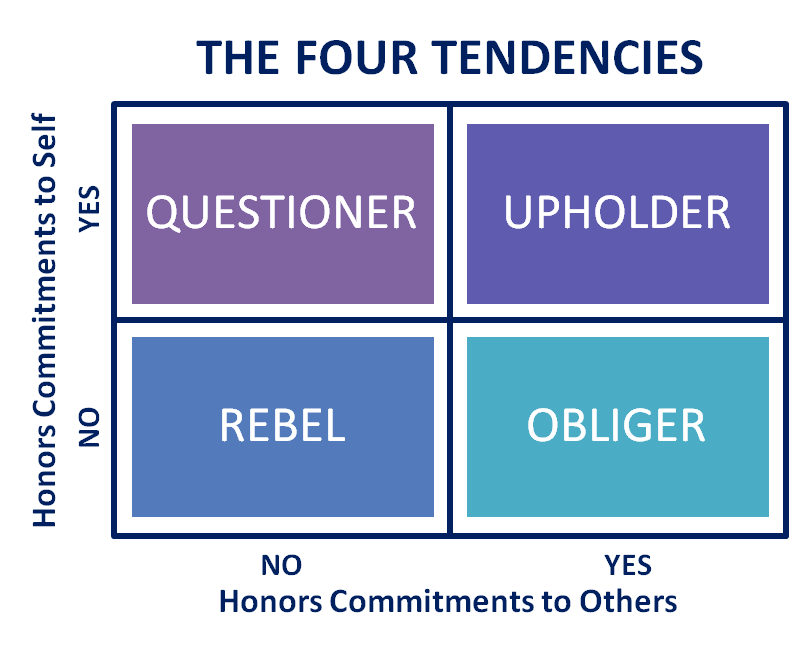As a follow-up to last week’s post, I read Laura Vanderkam’s book What The Most Successful People Do Before Breakfast… and Two Other Short Guides to Achieving More at Work and Home. Here are some of the high points from her writing.
Mornings
 Our highest value activities should revolve around nurturing our careers, nurturing key relationships, and nurturing ourselves. Unfortunately, many of us let these activities slip to the bottom of our “to do” lists.
Our highest value activities should revolve around nurturing our careers, nurturing key relationships, and nurturing ourselves. Unfortunately, many of us let these activities slip to the bottom of our “to do” lists.
Mornings are the best time to set priorities for the day and ensure that important tasks get on the schedule. It’s also the time to DO some of those tasks – e.g., exercise – while our willpower is at its peak.
Laura’s advice: Give your career, your family, and yourself the best of your day, not what’s left over when everything else has taken its toll. To that end, picture the perfect morning. Think through the logistics of making it happen. Build the habits that reinforce those priorities.
Weekends
We all need restorative down time to give a boost to our energy, motivation, and productivity. And yet research has demonstrated that it’s not rejuvenating to simply “veg out.” We need some form of stimulation to feel happy, creative, and whole. Common activities include exercise, team sports, coaching, music, art, hobbies, volunteering, adventures with family and friends, and leveraging work-related skills in alternate forums (e.g., a tech writer who crafts poetry).
While most folks bristle at the thought of planning for their off hours, Laura maintains that “rest time is too precious to be totally leisurely.” Absent a plan, time can easily be filled up with chores, errands, email, web-surfing, TV, and other people’s agendas. That being said, plans do not have to be rigid and detailed. Laura advises scheduling a few “anchor events” at key intervals throughout the weekend. Beyond giving the weekend structure, they fuel a sense of anticipation as the weekend draws near. Anticipation alone confers a sense of excitement and happiness.
Laura’s advice: Compress chores by creating a distinct window of time to do them (and allowing some to be left undone). Mine your list of “100 Dreams” for ideas. Use mornings wisely. Create traditions with family and friends. Schedule down time (e.g., meditation, nap). Make time to explore. Plan something fun for Sunday night.
Work
Successful people take their work seriously… and take their time at work seriously. Laura’s research suggests that they adhere to the following 7 principles:
- They keep track of how they spend their time and actively consider ways to use it more effectively.
- They develop plans for the coming day, week, month, and year. They carve out time for periodic review and make adjustments, as needed.
- They say what they’ll do and do what they say. To that end, they are choosy about what they allow on each day’s priority list. They are realistic about what they can get done and hold themselves accountable to their commitments.
- They know that some activities masquerade as “work” but don’t advance their professional or organizational objectives. Common “brier patches” include email, texts, meetings, and conference calls. Successful people find ways to communicate and collaborate effectively. They know that there is an opportunity cost for their time and that of their colleagues. (You don’t need an hour’s meeting to complete 15 minutes’ worth of work.) They also know that scheduled breaks and social time benefit work.
- They work at their craft. They stay abreast of developments in their fields and challenge themselves to remain at the top of their game.
- They remain employable through careful cultivation of their knowledge, skills, experience, networks, and interpersonal skills – a.k.a., “career capital.”
- They love what they do. They take pleasure in making headway on meaningful projects and find joy in the doing of them.







